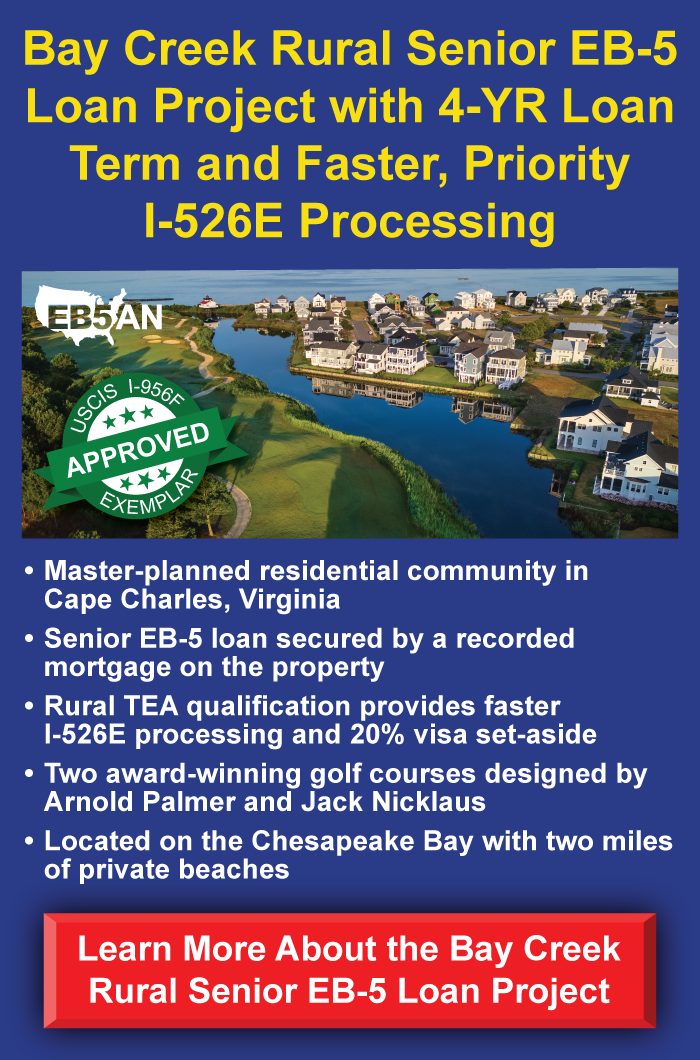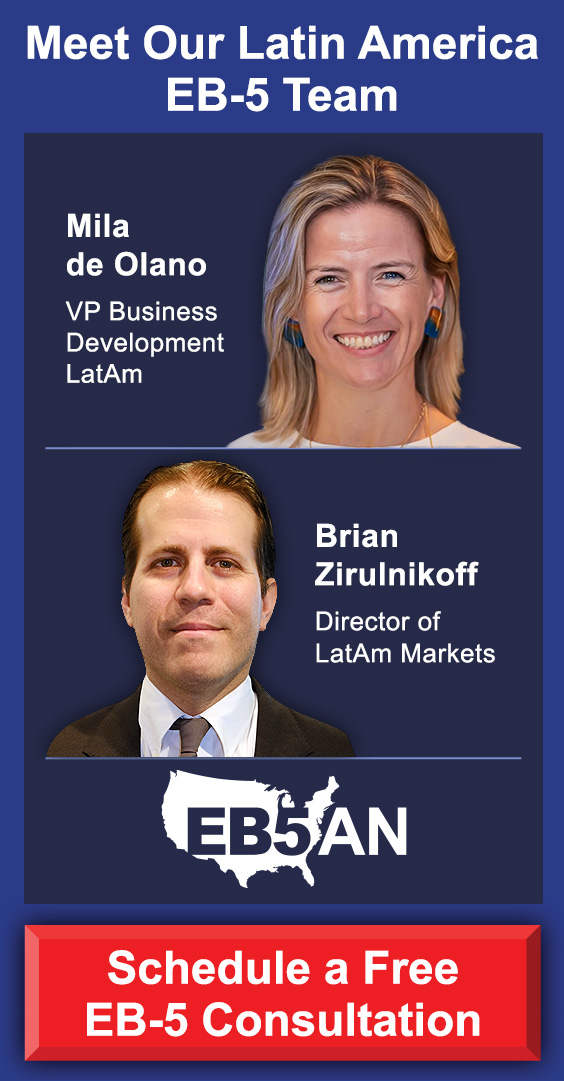Beginning October 28, 2025, U.S. Citizenship and Immigration Services (USCIS) will no longer accept paper checks or money orders for immigration filing fees. All payments must be submitted electronically using either ACH debit (via Form G-1650) or credit card (via Form G-1450). This change is part of a broader federal effort to modernize government transactions and reduce administrative inefficiencies.
Why the Shift to Digital Payments?
Key Implications for EB-5 Investors
Potential Risks and Consequences
Practical Tips for EB-5 Stakeholders
Preparing for the Transition
Embracing a Digital Future in EB-5 Processing
Why the Shift to Digital Payments?
The transition to electronic payments is intended to speed up application processing, lower the risk of lost or fraudulent payments, and reduce operational burdens on the agency. Traditional paper-based payments are more prone to delays, errors, and security issues. By adopting digital payment methods, USCIS aims to create a more secure and streamlined application experience.
Key Implications for EB-5 Investors
For EB-5 applicants, many of whom reside outside the U.S., this policy update introduces several considerations:
- ACH debit limitations: ACH payments must be drawn from a U.S.-based bank account. Overseas accounts are not eligible.
- Credit card as an alternative: Applicants without U.S. bank accounts may need to use credit cards or prepaid cards, ensuring that these are fully funded and authorized for government transactions.
- Ineligible forms for credit card payments: Certain forms, such as I-956 and I-956F (typically filed by regional centers), cannot be paid via credit card. For other forms commonly used by EB-5 investors, like the I-526E, I-485, and I-829, credit cards remain a viable option.
Potential Risks and Consequences
USCIS has made it clear that any failed payment, whether due to insufficient funds, authorization issues, or bank-imposed daily transaction limits, can result in an outright rejection of the petition. This could lead to missed priority dates or setbacks in processing timelines, which are especially critical in the EB-5 program.
Law firms or representatives handling multiple petitions should be aware of transaction limits imposed by their banks. It may be necessary to coordinate with financial institutions to ensure smooth ACH processing and avoid rejections due to payment issues.
Practical Tips for EB-5 Stakeholders
As the electronic payment mandate approaches, both investors and EB-5 professionals should take a strategic approach to implementation. Investors who lack access to a U.S. bank account may want to explore setting one up through a trusted advisor or financial institution well in advance of submitting a petition. For those relying on credit cards, verifying that international transactions with U.S. government entities are permitted by the card issuer is essential. Prepaid cards can also be used, but they must have enough balance to cover the entire filing fee.
Additionally, law firms and EB-5 firms managing high volumes of EB-5 filings should proactively engage with their banks to confirm ACH capabilities, daily limits, and any compliance requirements. Anticipating these challenges ahead of time can prevent delays and ensure petitions are accepted without issues.
Ultimately, careful planning and open communication between investors, legal counsel, and financial institutions will be key to adapting to USCIS’s new digital payment system.
Preparing for the Transition
To avoid delays or denials, EB-5 investors should take proactive steps well before the October 28 deadline:
- Confirm whether ACH debit or credit card is the most appropriate payment method.
- Ensure that the selected payment source has sufficient available funds.
- Verify that all payment forms (G-1650 or G-1450) are completed correctly and submitted with the application.
- Discuss daily ACH limits with banks.
Embracing a Digital Future in EB-5 Processing
While this shift to electronic payments may present short-term logistical challenges, particularly for international investors, the long-term benefits are significant. A more transparent payment process will ultimately benefit both applicants and USCIS.
EB-5 investors are strongly encouraged to consult with their immigration attorneys and financial advisors to adapt to this new system and ensure that all future filings are compliant with the updated payment policies.
EB5AN has helped more than 2,700 families from 70+ countries become lawful permanent residents of the United States. Our expert team has more than a decade of experience and offers clients first-rate, low-risk EB-5 regional center projects with a 100% USCIS project approval rate.
If you would like to know more about your EB-5 investment options, book a free call with our expert team today.









